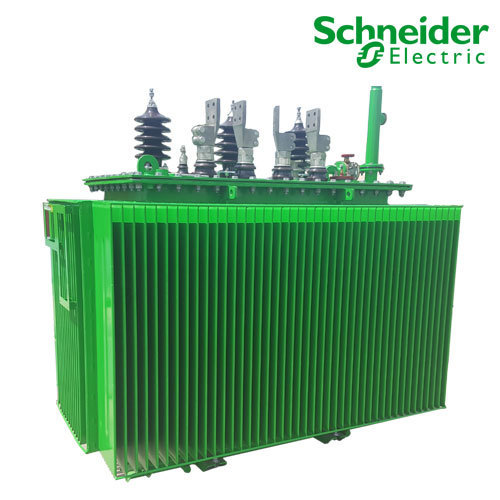
If you are wondering what a voltage transformer is then you have come to the right place as we will try to break it down to you in this article. A voltage transformer is a device that helps convert energy from one form to another.
VT’s are generally used to monitor alternating AC or DC current by measuring voltage directly or via a VT. It is a parallel-connected type of instrument transformer. They are designed to present the negligible load to the supply that is being measured. It also comes up with an accurate voltage ratio and phase relationship, which enables accurate secondary connecting metering.
Voltage transformers can be bifurcated into – A potential transformer and a capacitor voltage transformer. When talking about the potential transformer, it has an iron-core construction, and CVT lowers the voltage level first and then uses the iron-core transformer to further reduce the voltage by using the capacitor coupling principle. The two of these transformer types are usually free-standing.
When talking about potential transformers, it is often used to measure the voltage at substation busses. However, you can use the CVTs for the same measurement purposes on transmission lines individually. The transformers are used to bring the voltages down to an acceptable level with the help of protective relays because the power systems voltage levels range well above the kilovolt values.

Types of Voltage transformers
There is an array of voltage transformers (also known as potential transformers) that are present. The commercial devices that are there are well suited for the lower-power current monitoring appliances.
The ANSI metering class power transformers are designed to power-monitor the applications where the need for high accuracy and minimum phases is the need of the hour. Now comes the multi-ration transformers; they also have several outputs and also have three-phase devices. They are also split-core voltage and have a hinge and locking snap mechanism which provides you with the freedom of attachment without being interrupted by the current-carrying wire.
Then let us talk about the toroidal or doughnut-shaped transformer, they don’t come with an internal primary winding. The voltage or potential transformer comes with wound primary current transformers; it is a device with a primary winding which usually consists of more than one turn.
Then comes the bar transformer/bar current transformer; it consists of a bus bar that serves as a primary conductor. Then comes the PC-mount transformers that feature a small footprint that is used to measure sensor current or voltage onboard.
Here’s hoping that this article provided you with more clarity about what exactly is a voltage transformer and if you want transformer protection, then you can put your trust in Schneider Electric. In case we missed something, then do let us know!





More Stories
11+ Best ThePiratebay3 Sites – Ultimate Pirate bay Alternatives
7movierulz iBomma – 11 Best Alternatives to Download & Watch latest Telugu Movies
How to Spam a Phone Number (7 best apps & services) with call, texts to Get Revenge?